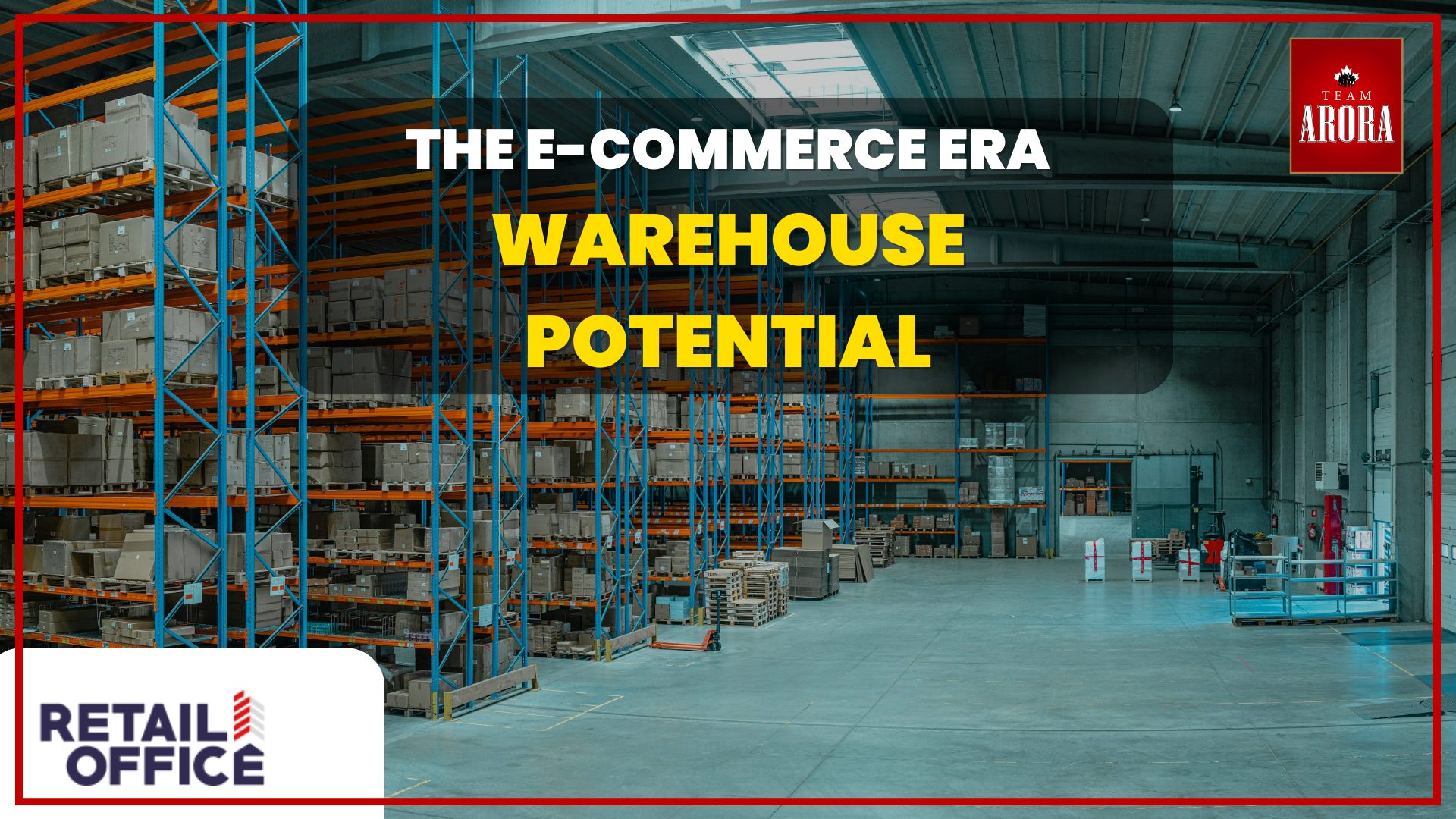The digital age has ushered in a revolution that has transformed the way we shop, leading to the exponential growth of the e-commerce industry. This surge has not only altered consumer behaviour but has also had a profound impact on the logistics and real estate sectors, particularly in the increased demand for warehouse spaces. As e-commerce continues to thrive, understanding its influence on warehouse demand and the implications for investors is crucial.
The Catalysts of Change
The rise of e-commerce can be attributed to several key factors. First and foremost is the convenience it offers, allowing consumers to shop from anywhere at any time. Technological advancements have also played a significant role, with improved internet access and mobile technology expanding the reach of online shopping. Additionally, the diversification of e-commerce platforms and the integration of user-friendly payment systems have further facilitated this growth. These elements combined have created a robust environment for e-commerce to flourish, driving up the demand for warehouse spaces as businesses strive to meet consumer expectations for quick and reliable deliveries.
The Shift in Warehouse Demand
The direct impact of e-commerce on warehouse demand is unmistakable. Traditional retail models typically involve goods being stored in large distribution centers before being dispatched to retail outlets. In contrast, e-commerce requires a more complex logistics model that can handle direct-to-consumer deliveries, returns, and a vast inventory of products. This has led to a surge in demand for strategically located warehouse spaces that can serve as fulfillment centers, enabling efficient processing and shipping of online orders.
Moreover, the expectation for rapid delivery times, popularized by services like Amazon Prime, has necessitated the development of a more decentralized distribution network. Companies now seek warehouses not just in remote, industrial areas but also in urban centers close to the consumer base to facilitate same-day or next-day deliveries. This shift has resulted in increased competition and premium prices for warehouse spaces in strategic locations.
Considerations for Investors
For investors looking to enter the warehouse real estate market, several factors must be considered. First is the location; warehouses close to major urban centers or with easy access to transportation networks are more desirable due to their ability to expedite shipping times. However, these locations also come with higher price tags, making it essential for investors to carefully evaluate the potential return on investment.
The technological capabilities of the warehouse are another critical consideration. In an era where speed and efficiency are paramount, warehouses equipped with advanced automation and robotics are more attractive to e-commerce businesses. These features can significantly reduce processing times and increase throughput, making a facility more competitive.
Sustainability is also becoming a key consideration in warehouse investment. With increasing awareness of environmental issues, warehouses that incorporate green practices and technologies are more appealing to businesses committed to sustainability. Features such as energy-efficient lighting, solar panels, and sustainable materials can enhance the value and attractiveness of a warehouse property.
The Future Landscape
Looking ahead, the demand for warehouse spaces is expected to continue its upward trajectory. The ongoing growth of e-commerce, fueled by emerging technologies and changing consumer preferences, will drive the need for more sophisticated and strategically located warehousing solutions. This trend presents a lucrative opportunity for investors, particularly those who are willing to innovate and adapt to the evolving needs of the e-commerce industry.
Furthermore, the potential for integrating cutting-edge technologies such as artificial intelligence, the Internet of Things (IoT), and blockchain into warehouse operations could redefine efficiency standards and open new avenues for investment. These technologies promise to enhance inventory management, streamline supply chains, and improve the overall consumer experience, further fueling the growth of e-commerce and, by extension, the demand for warehouse spaces.
The symbiotic relationship between the e-commerce industry and warehouse demand is a testament to the transformative power of digital innovation. As e-commerce continues to expand its footprint, the ripple effects on the logistics and real estate sectors are profound. For investors, the warehouse real estate market offers promising opportunities, but success requires a nuanced understanding of the dynamics at play. By focusing on strategic locations, technological capabilities, and sustainability, investors can position themselves to capitalize on the continued rise of e-commerce and its impact on warehouse demand.
